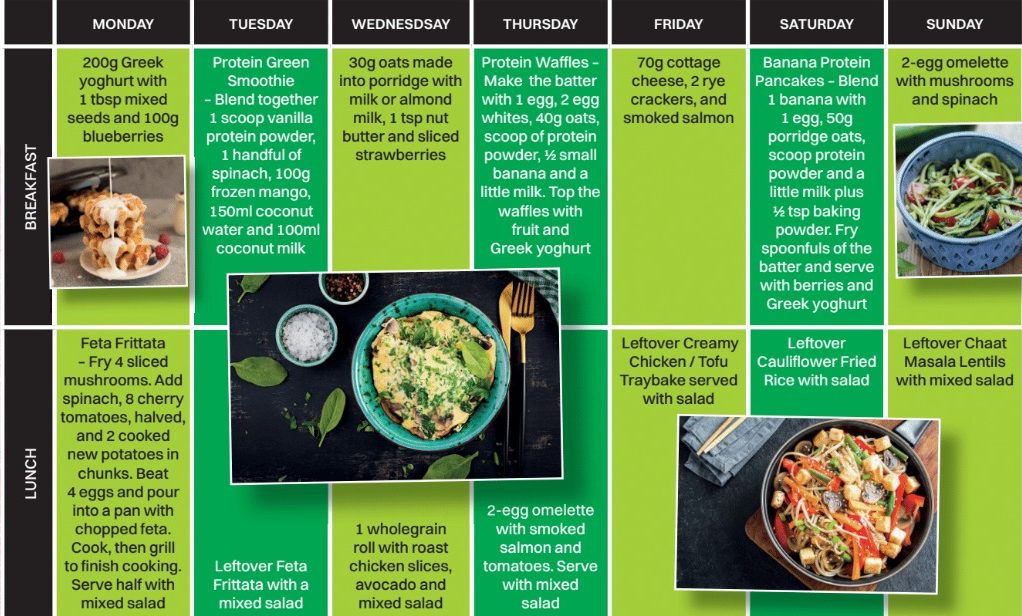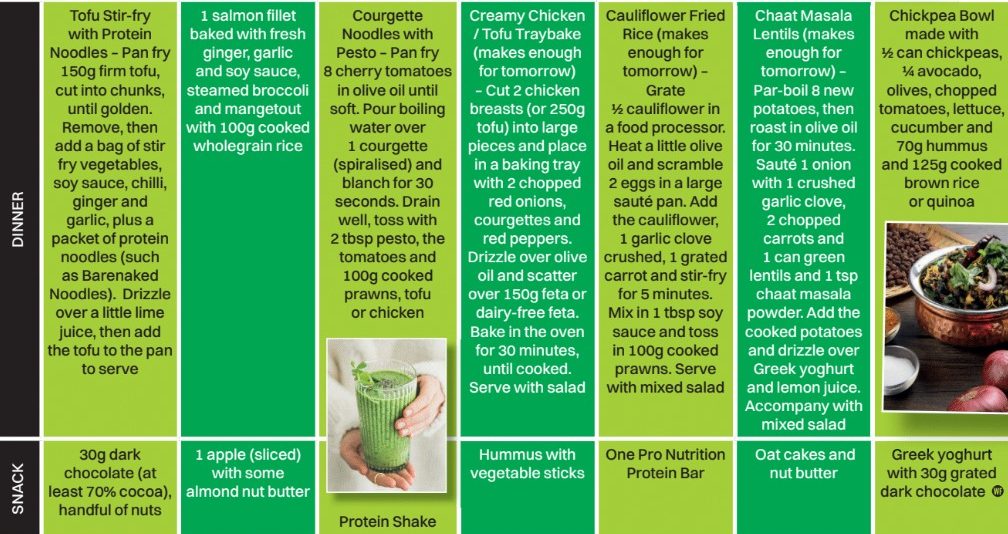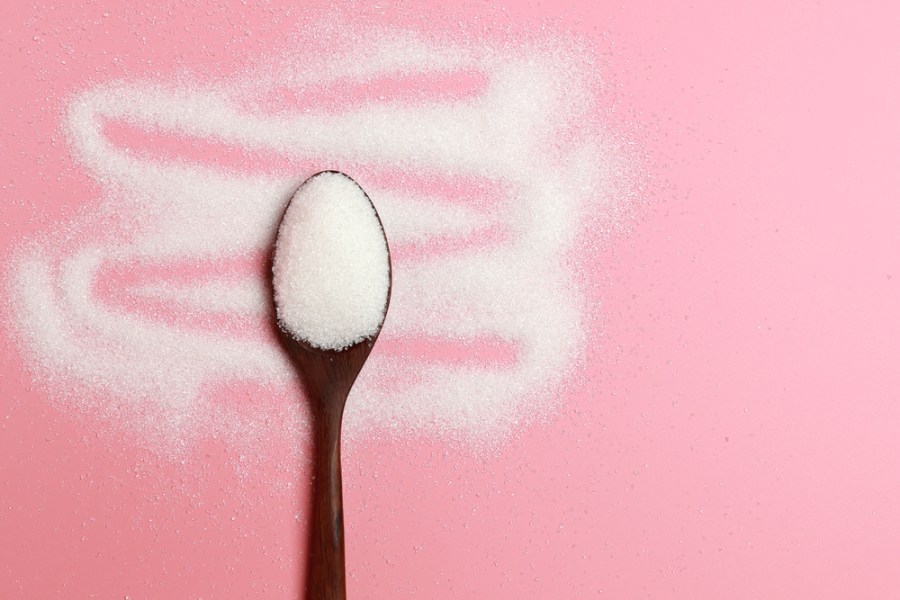Want to stop sugar cravings and cut down on the sweet stuff? Nutritionist Christine Bailey explains how to reduce your sugar cravings and consumption with a seven-day plan….
Whether soups, salad dressings or ready meals, added sugar is present in so many everyday products that it can be hard to avoid. With our busy lives, it is all too easy to rely on processed foods for grab-and-go snacks or quick meals after work. The trouble is, many of these products contain far more sugar than we should be eating.
Why is sugar bad for you?
We’re all aware that too much sugary food is bad for our waistlines. However, research has also shown that too much sugar increases our risk of chronic diseases. This includes diabetes, Alzheimer’s, heart disease and cancer.
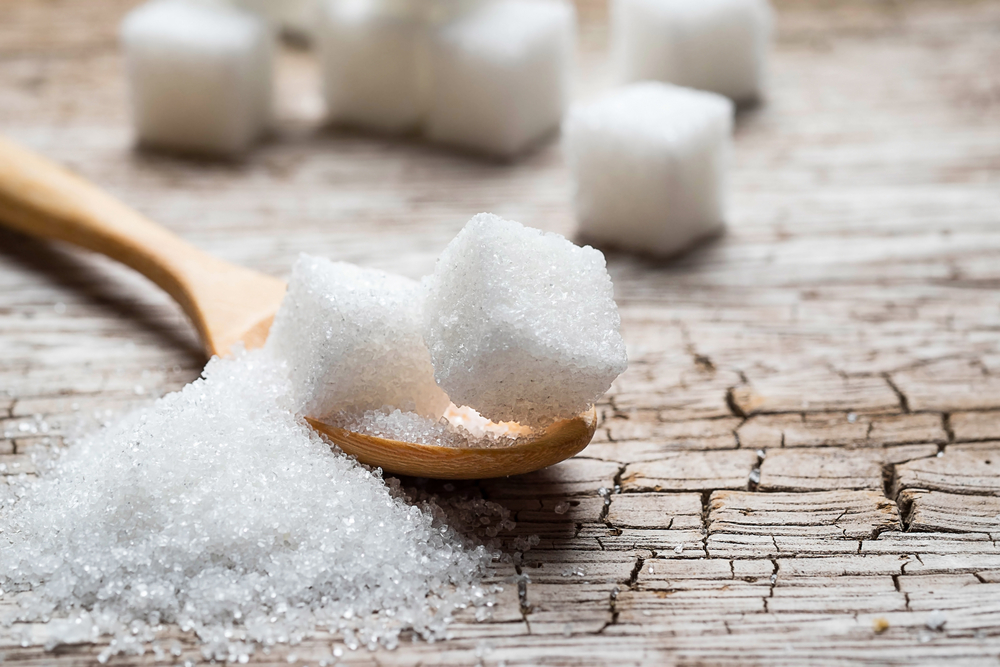
A study found that drinking one sugar-sweetened drink a day increased the risk of type 2 diabetes by 22 per cent!
One European study concluded that the consumption of just one sugar-sweetened drink a day increased the risk of type 2 diabetes by 22 per cent! And if that were not reason enough to cut back, clearer skin, sharper memory, better mood and more energy are some further benefits of reducing sugar intake.
What about natural sugars?
Of course, sugars are found naturally in foods such as fruits and vegetables, wholegrains, or as lactose in milk. Consuming wholefoods that contain a wide array of essential nutrients, fibre and antioxidants is not the problem. The main concern is around added sugars, usually in the form of sucrose (table sugar) or high-fructose corn syrup.
It is estimated that a third of added sugar consumption comes from sugar-sweetened drinks and a sixth comes from foods such as chocolates, ice creams and biscuits. However, half comes from everyday foods such as ketchup, salad dressings and bread.
How much is too much sugar?
Sugars added to food or drinks, and sugars found naturally in honey, syrups and unsweetened fruit and vegetable juices, smoothies and purées, shouldn’t make up more than five per cent of your daily calories. This amounts to about 30g of sugar a day, which is around six teaspoons every day. To put this in context, a typical can of fizzy drink contains about nine teaspoons of sugar.
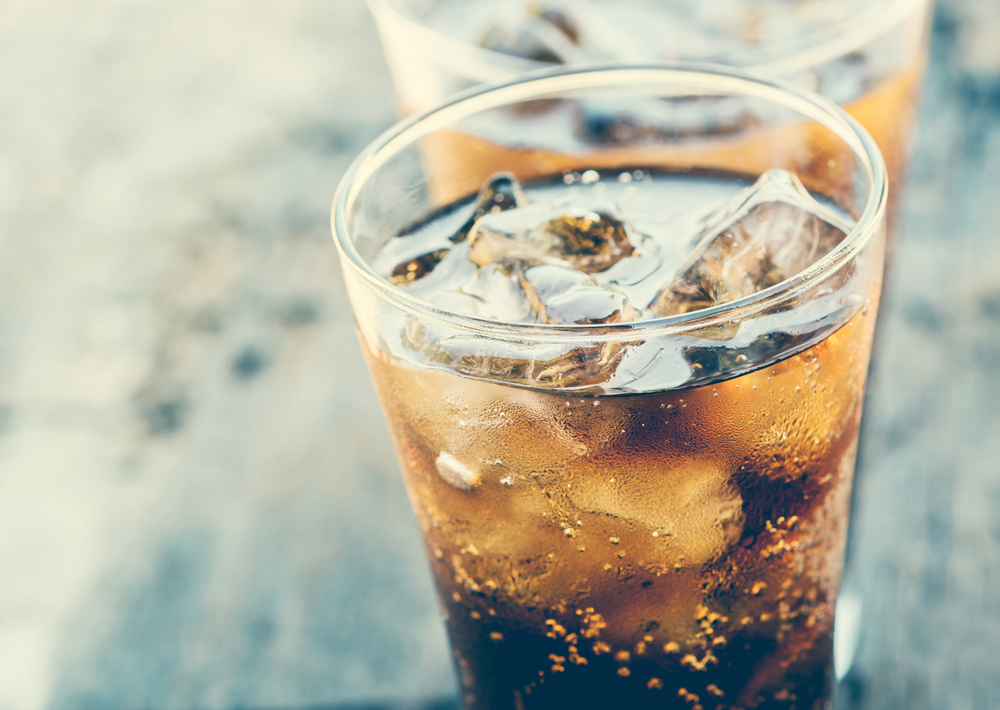
A typical can of fizzy drink contains about nine teaspoons of sugar.
What counts as ‘high sugar’?
Front-of-pack labels will tell you the total sugar content. If it’s greater than 22.5g per 100g or there is more than 27g in one portion, then the product is high in sugar. A product low in sugar will contain 5g or less of total sugar per 100g.
You also need to check the ingredients list to see whether sugars have been added to your food or if they are naturally occurring. The higher up the list the added sugars are, the more there is. Remember, sugar can appear in a variety of forms. This includes agave, molasses, honey, glucose, malt syrup, brown rice syrup, fructose. When looking at a product, consider how much you will eat per serving. This may be much more or less than the 100g stated.
How can I stop sugar cravings and reduce my intake?
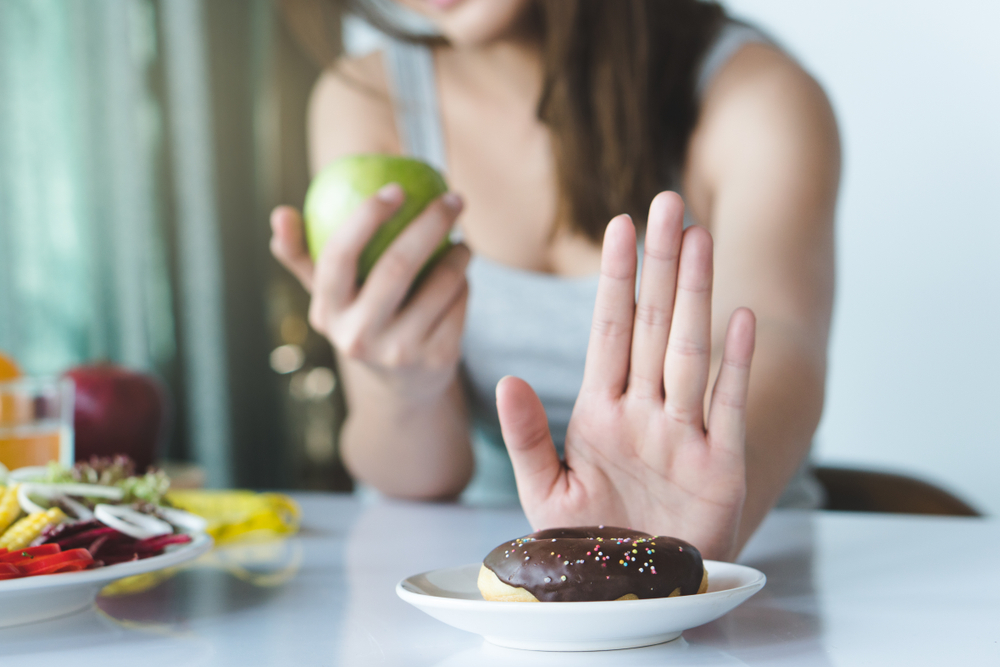
There are some simple ways to instantly cut back on your sugar intake today. These include:
Don’t drink your calories
Sugar-sweetened drinks such as sodas, juices, sports drinks and sweetened teas or coffees are one of the biggest sources of sugar calories in our diet. They’re bad for your waistline and liver, and won’t make you feel full, so you’ll eat more all day and crave more sugar.
Pump up the protein
Eat more protein, especially at breakfast. This is key to balancing blood sugar and insulin levels, therefore cutting cravings.
Pile up the veggies to stop sugar cravings
Non-starchy vegetables like broccoli, asparagus, green beans and mushrooms are packed with nutrients and fibre that will keep you feeling fuller for longer.
Ditch low-fat foods
Fats make you feel full, balance your blood sugar levels and satisfy cravings. Along with protein, have some healthy fats, including nuts and seeds, extra virgin olive oil, avocados and Omega-3 fats from fish, at every meal and snack.
Be prepared for low blood sugar
There will be times when your blood sugar is dropping and you need a quick pick-me-up. Have a few healthy snacks to hand, whether that’s a low-sugar protein bar, some nuts or a little dark chocolate.
Avoid artificial sweeteners
While they may seem like a good option, recent research casts doubt on their benefits. Instead of helping you skimp on calories while getting the same hit of sweetness, artificial sweeteners may in fact encourage you to eat more.
There are a number of healthier natural sugar alternatives that have minimal impact on blood glucose levels. Xylitol and erythritol are sugar alcohols (polyols) and popular lower-sugar, low-calorie alternatives, and can be used to replace sugar in baking.
Another option is stevia. Derived from a small shrub found primarily in China and South America, it is 200-300 times sweeter than sugar with virtually no calories. Use in tiny quantities, as it can have a slight aftertaste. Look for pure stevia products or those mixed with erythritol rather than artificial sweeteners.
Stop sugar cravings: 7-day plan to cut down on sugar
Our nourishing meal plan will keep your energy levels high by balancing your blood sugar levels, thanks to plenty of protein-rich foods, healthy fats and loads of veggies, beans and pulses. This will help to stop sugar cravings from arising.
We’ve cut out the added sugars and refined starchy foods, which can contribute to fluctuating blood sugar levels, energy dips and sugar cravings. Plan a snack around your workouts to refuel and keep your energy levels high throughout the day. Make sure you drink at least eight glasses of water daily too!
